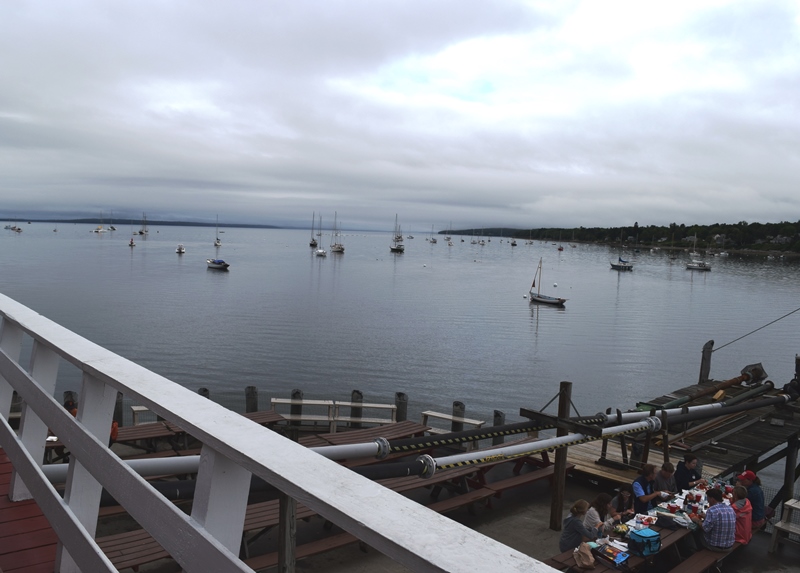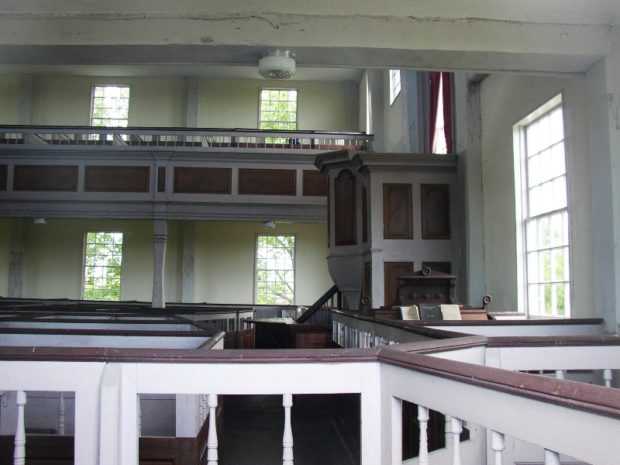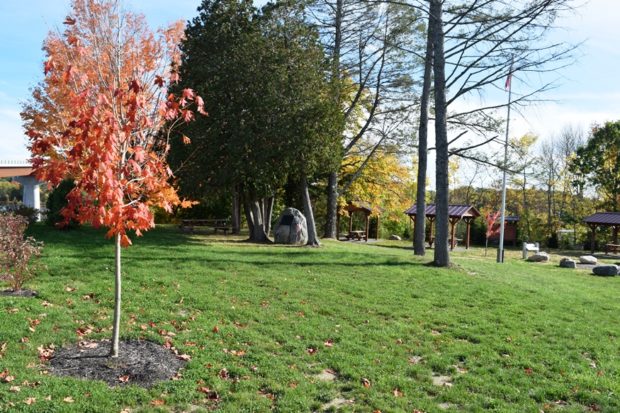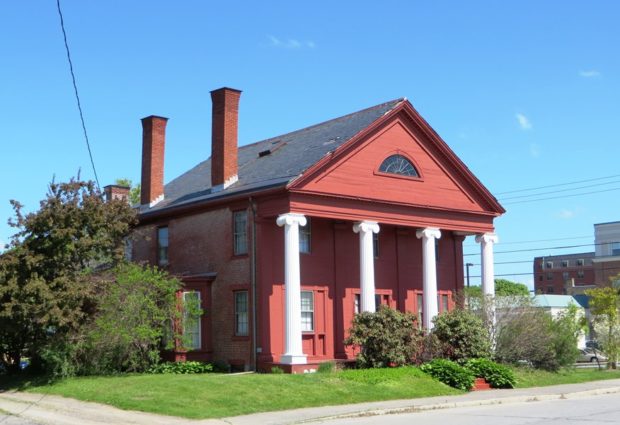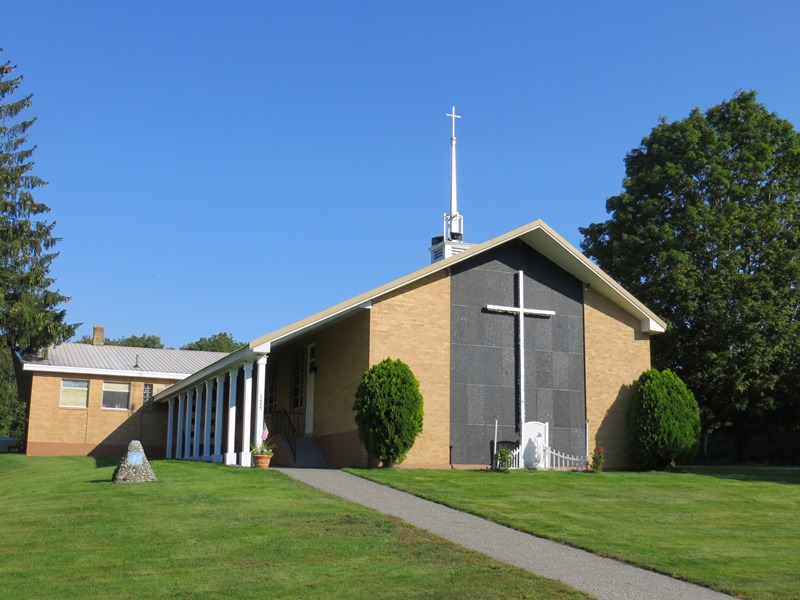Bethel
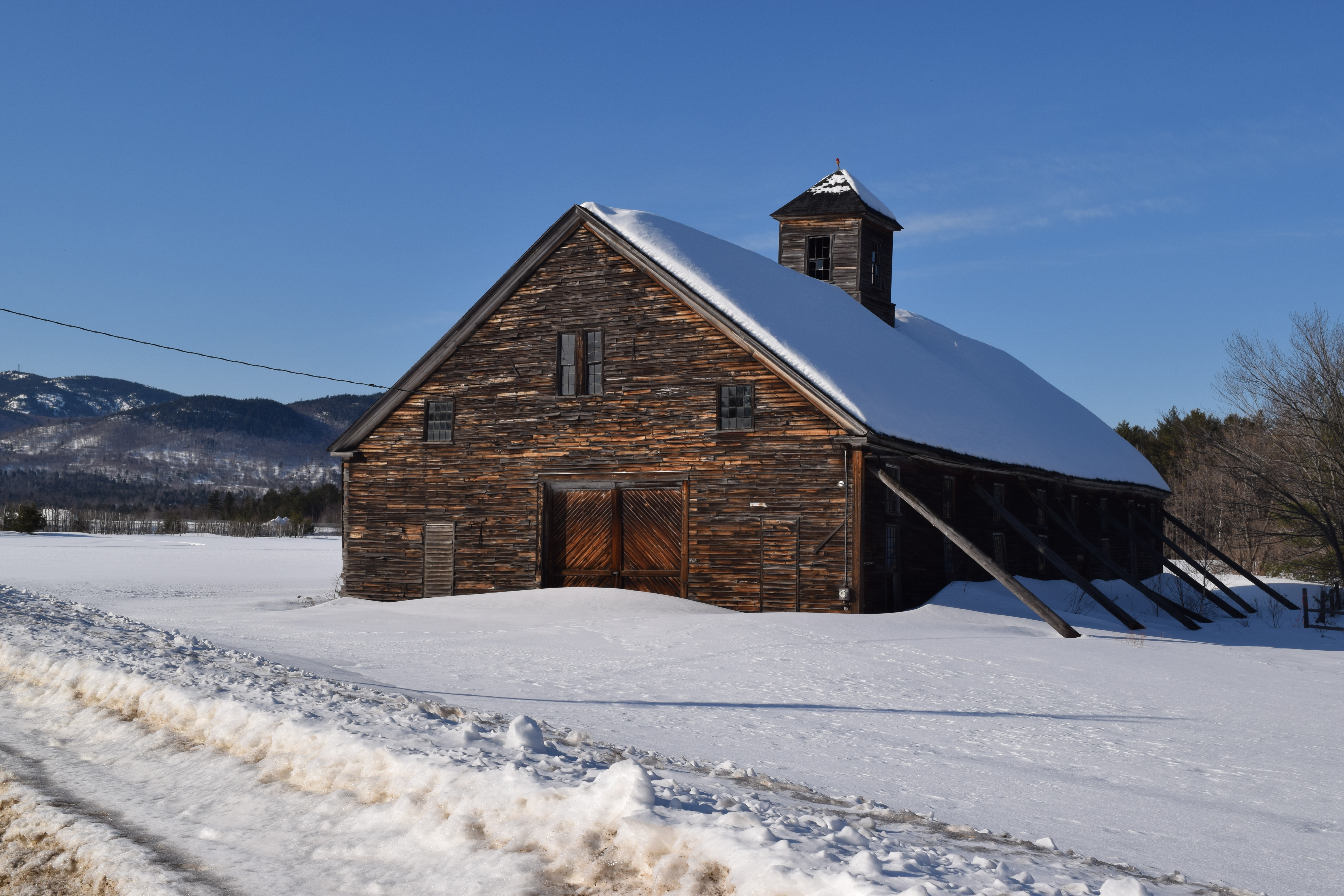
one of the oldest villages in western Maine, incorporated in 1796 from Sudbury Canada Plantation. Its name signifies the “House of God,” possibly inspired by its location among the Oxford Hills. The Middle Intervale Meetinghouse was built in 1816. West Bethel village is along a canoe trip route on the Androscoggin River. See photos.



